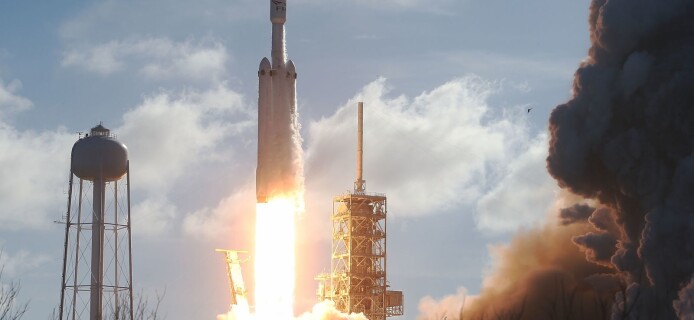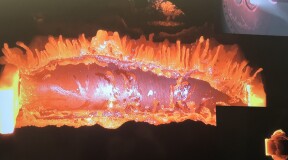-
en

Science & Education - page 15
Scientists discover a new kind of worm
Why is the European Space Agency melting satellites?
NASA ‘starshade’ will cover celestial bodies
Making the difficult easy: Everything you need to know about the dark matter of the Universe
Cactus-based plastic created in Mexico
Bon appetit: carnivorous plants can consume vertebrate animals
The first solar eclipse video is now available in 4K
Scientists Have Spotted One of the Rarest Objects in the Entire Space
Scientists reveal dinosaur with bat wings
Scientists discover one of the world’s oldest trees
Scientists Find a New Species of Millipede


















